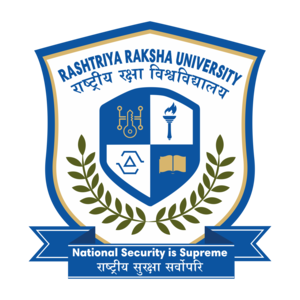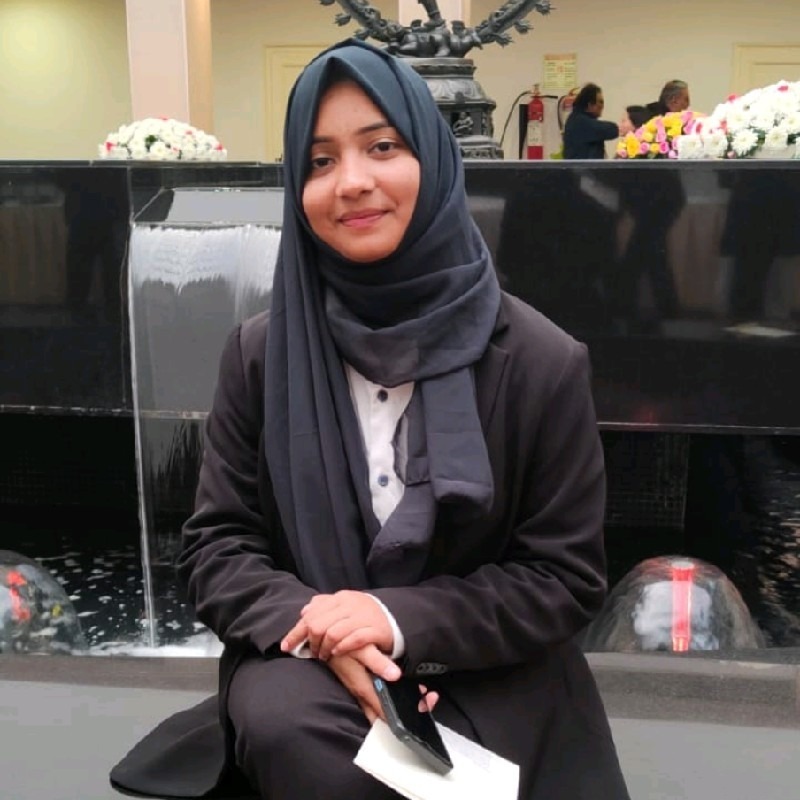
Human trafficking in India: A Critical Analysis
Human trafficking in India: A Critical Analysis
- Sidhant Kampani, RMNLU, Lucknow
Trafficking isone of the most common criminal activity happening everywhere across the world and it just seems to be ever expanding and growing. Human trafficking can be understood as the trade of the human beings in different forms which includes human beings being exchanged for money to be indulged in acts of sexual slavery, sexual exploitation or forced labor which range from forcefully getting their organs or tissues extracted, forced marriage, forced prostitution and to what not.These rights not only violate the fundamental rights given to a citizen but also create inhumane conditions of violence and pain on the victims. Human trafficking is one of the critical and prevailing social problems in India for which legal framework and policy interventions are not enough. Increasing trafficking in the country can be traced back to poverty, underemployment, and abundance of poor population in our country which acts as anenticement for the traffickers.1 The poor law enforcement further exacerbates the whole situation.Globalization and liberalisation has also made it easier for offenders to trade people across borders. While the trend of people migrating by their own free will looking for better opportunities is positive, it comes attached with many complex problems such as cross-border smuggling of people and illegal migration by unscrupulous assaulters and agents that have also emerged over the years. All of these factors together has led to India being identified as a source, destination and transit country for trafficking for various purposes such as commercial, sexual exploitation and labor. While intra-country trafficking forms the majority of the trafficked victims. There is also cross-border trafficking, especially from Nepal, Bangladesh and the middle eastern countries. It is an unlawful, unwarranted exploitation of the oppressed at the hands of certain groups hungry for money which goes against the fundamentals rights provided to a person under schedule III of the Indian constitution, The Immoral Traffic (Prevention) Act, 1956, Section 370 and 370A of Indian Penal Code, 1980,Protection of Children from Sexual offences (POCSO) Act, 2012, etc. Unfortunately, In India even with these laws in place women and children remain the main victims of these practices.
RISE OF HUMAN TRAFFICKING IN INDIA
India is one of the examples of a transit country for labour and sex trafficking. The most commonly recognised trafficking in India can be said to be locally done i.e. interstate.90% of trafficking is done in this way and 10% of it happens outside the country. It has got history of serving nations, for example, Bangladesh and Nepal as a destination for trafficked individual, and furthermore it serves as transit for individuals trafficked to Middle East, North America and different location around the world 2. Most of the trafficked people in India face the issue of constrained labor. Labor trafficking as clarified before is the trafficking of a person by methods of misrepresentation, fraud, coercion duress and so on, it is exploitation and thus gross infringement of human rights. It involves acts of slavery, debt bondage etc. Sex trafficking is one of the most heinous wrongdoing and possibly the worst form of human exploitation. It is mostly done for trading purpose for making money. These commercial sex acts are done against someone\'s will and it also includes prostitution of that individual or different kinds of sexual exploitation. The number of people trafficked for either labour work or sex is hard to estimate. The United States Department of State\'s 2013 trafficking in Persons Report estimates the quantity of people trafficked for constrained labour work in India is within the range of 20 to 65 million. However, the genuine number of labour trafficking casualties is regularly troublesome, if certainly feasible, to ascertain. The main difficulty lies in recognising vagrant workers who move into or around India voluntarily looking for business and workers who have been tricked into exploitative labour through the methods of trafficking laid out in the UN Trafficking protocol. Besides, numerous vagrant labourers many start their journey voluntarily yet they become vulnerable to trafficking when they can\'t make both the ends meet and can’t find enough work or employment at one place for due to which they initially relocate to some different place and faux promises make them victims It is similarly hard to determine the presence and extent of sex trafficking in our country . A research conducted by the Ministry of Women and Child Development in 2008 estimated that there were around 3 million sex workers in India however, the number of cases reported are much less.
CAUSES AND MODES OF TRAFFICKING IN INDIA
There are many causes for human trafficking in India which can be determined by political, social, economic and cultural factors. These factors can be divided into two categories: push and pull factors 3. Push factors are determined by poor social and economic factors of families living in rural area in our country, lack of skill, education and job opportunities for them and annual natural disasters which causes some economic damage afterwards. Most victims of human trafficking are from rural and poor areas in India and people are still not aware about the activities of traffickers which makes it difficult for the government to help and protect the right of these people. Dysfunctional family in which conflict, misbehaviour, and often child neglect or abuse on the part of individual parents occur continuously and regularly because of which they devalue and abuse women and children which creates huge opportunity for trafficker as parents may be willing to sell a daughter and send her into a world of exploitation. These reasons for not just push individuals to fall in the tripod of the dealers, they additionally act as a motivating force for trafficking. Prostitutes who have no alternative to come out of this exploitative condition, steadily create personal relationships with the dealers and follow their paths. Pull factors are determined by an increase in demand for low-cost products, inexpensive labour and low-priced services as there has been a rapid change in economic, political, demographic and labor trends as an outcome of globalisation. So, these changes lead to people shifting to big cities as there are more rewarding employment opportunites, new urban communities getting established and a pain free income . For some of the workers it meant getting away from their abusive houses and living in those parts of the world where they only dreamed of going. The offenders capitalised on this and operators started giving guarantees of a better compensation and a more comfortable life which led to increase in the demand of young girls for marriage in different regions. furthermore, development in interest for adoption of young kids also led to rise in demand for ladies in the fast growing sex industry, demand for girls in spots of military concentration like Kashmir in India as of recent times, demand for girls for sexual abuse because of the confusion that physical intimacy with young girls decreases men\'s odds of reaching HIV/AIDS, or the myth that sex with a virgin can fix HIV/AIDS and impotence. The wild act of female foeticide in the northern states of Haryana and Punjab has additionally increased inner trafficking. Since there is a low female to male ratio in these states, these organised criminal groups have found an opportunity for making big profits by connecting the supply and demand by clubbing the first and the second instances.
CONCLUSION
Human trafficking jeopardises the dignity and safety of trafficked victims, and violates their personal rights severely. Indian constitution ensures equal rights for men and women, but mostly they are merely rhetorical about practical implementation. In order to tackle trafficking and to protect the human rights of vulnerable people, a strong will of the government is necessary to enforce their anti-trafficking mandates. People around the country who are in poverty line need to be made aware of human trafficking and its consequences in order to discourage them from falling prey. Workshops, seminars and conferences should be organised across the country so that the general public and government can join hands to eliminate trafficking in our country by being aware and spreading awareness. The problem is can be combated as it is still in our hands to be solved. If the government makes the law stronger and successfully enforces those laws many innocent lives may be saved. By taking certain strong steps in the right direction at the right time can prove to be fruitful in our fight with this social evil.
References
1. Sarkar, S. (2014). Rethinking human trafficking in India: Nature, extent and identification of survivors. The Round Table, 103(5), 483-495.
2. 6Id. See also SADIKA HAMEED ET AL, HUMAN TRAFFICKING IN INDIA: DYNAMICS, CURRENT EFFORTS AND INTERVENTION OPPORTUNITIESFOR THE ASIA FOUNDATION vi (2010), available at
http://asiafoundation.org/resources/pdfs/StanfordHumanTraffickingIndiaFinalReport.pdf.
3. Vidushy,Vimal (2016) Human Trafficking in India, International Journal of Applied Research,












